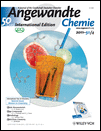Editorial: Women in Chemistry
The fact that 2011 is being celebrated as the International Year of Chemistry is very poignant for women chemists, as 2011 is the 100th anniversary of Marie Skłodowska Curie—perhaps the most famous female chemist—being awarded the Nobel Prize in Chemistry for her discovery and investigation of radium and polonium. In fact Marie Curie was the first female scientist to receive a Nobel Prize, as she first won the Nobel Prize for Physics in 1903. Besides Marie Curie, there have only been three other female Nobel Laureates in Chemistry: her daughter Irène Joliot-Curie (1935, for the synthesis of new radioactive elements), Dorothy Crowfoot Hodgkin (1964, for X-ray procedures to study natural products), and Ada E. Yonath (2009, for research into the ribosome). 1
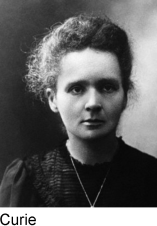
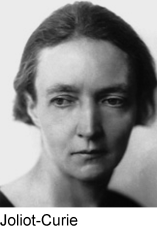
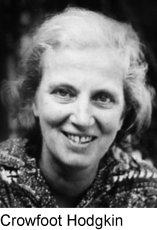
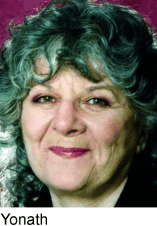
Chemistry has traditionally been a male-dominated discipline, and women have had very few role models. Women chemists of the early 20th century certainly did not have it easy. Thankfully the days are long gone when women chemists were considered as exotic species and approached with caution and trepidation by their male colleagues. It was not until the 1960s that chemistry started to become an acceptable profession for women and in general women have had to work disproportionately hard to achieve equal status to their male colleagues. Organic synthesis has proved one of the hardest discipline for female chemists to make their mark, but there are now many very successful women working in this area. It was often assumed that a woman was promoted simply because she was female, not because she was suitably qualified and the best candidate for the job. Although the situation is changing, it has taken a long time for attitudes to change and for female chemists to reach the top of the profession. Many chemical societies now provide programs to improve the status of women in chemistry by providing services that focus on their professional needs. There are today many examples (but of course still not enough) of women who are professors and heads of institutes and universities as well as members of editorial boards purely on their own merit. As an example, Brigitte Voit (Leibniz-Institut für Polymerforschung, Dresden) is on the Editorial Board, and Lia Addadi (Weizmann Institute of Science, Rehovot, Israel) and Carolyn Bertozzi (University of California, Berkeley, USA) are on the International Advisory Board of Angewandte Chemie. 1
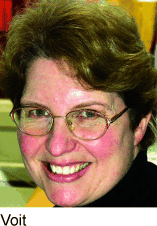

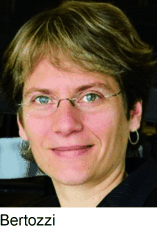
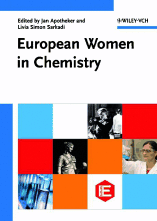
Two years ago in Angewandte Chemie we started the Author Profiles to highlight those authors who had published ten manuscripts in the Journal in the last ten years. In this time we have profiled five women chemists—Roberta Sessoli (Florence University), Olga V. Boltalina (Colorado State University), Véronique Gouverneur (University of Oxford), Teresa Carlomagno (EMBL, Heidelberg), Kim Reneé Dunbar (Texas A&M University)—with the sixth—Annie Powell (Karlsruhe University)—appearing in this Issue. 1
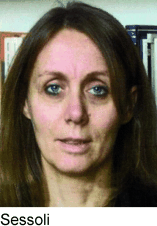
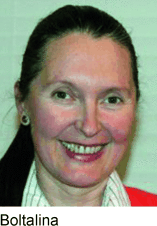
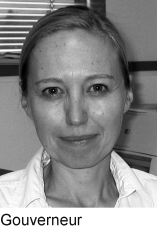
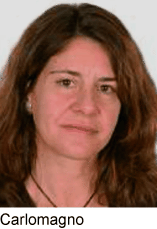
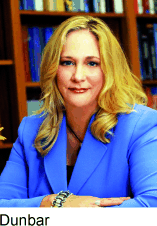
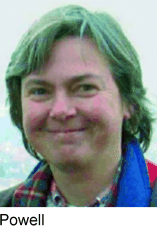
As part of the International Year of Chemistry and to celebrate the 100th anniversary for Marie Curie receiving the Nobel Prize in Chemistry, we have dedicated this Issue of Angewandte Chemie to female chemists—with all the manuscripts having a female as principle author—to illustrate the strength and depth of the contribution of women to chemistry.1
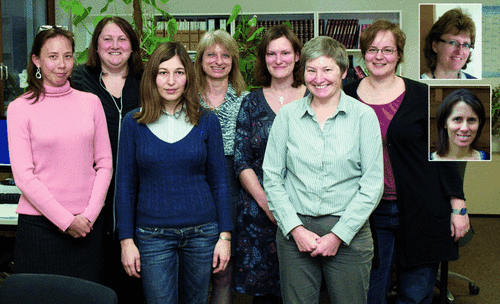
Diane Smith
Senior Associate Editor




